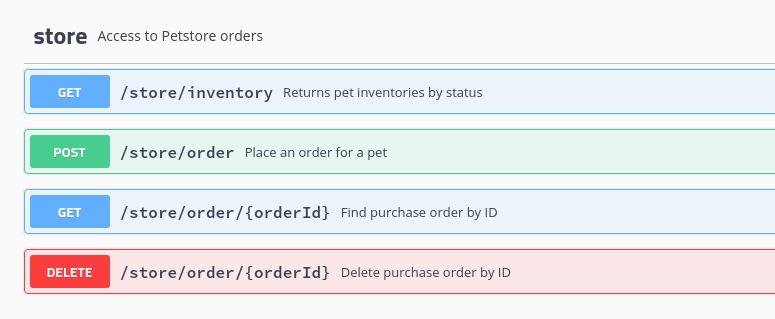


In the world of web development, choosing the appropriate HTTP methods is crucial for ensuring efficient communication between clients and servers. Each HTTP method serves a specific purpose, catering to various interactions and functionalities within web applications. Let's explore the significance of HTTP methods and their selection in the realm of web development.

HTTP (Hypertext Transfer Protocol) methods define the actions that a client (such as a browser) can perform on a resource identified by a URL. These methods specify the type of operation the client intends to perform on the server.
GET:
a. Used to retrieve data from a server.
b. Ideal for reading information without altering server data.
POST:
a. Submits data to be processed to a specified resource.
b. Commonly used for creating new resources or submitting form data.
PUT:
a. Updates or replaces an existing resource on the server.
b. Useful for replacing or modifying data at a specific URL.
DELETE:
a. Removes a specified resource from the server.
b. Used to delete a resource at a given URL.
PATCH:
a. Partially updates a resource on the server.
b. Efficient for modifying parts of existing resources.
HTTP (Hypertext Transfer Protocol) methods define the actions that a client (such as a browser) can perform on a resource identified by a URL. These methods specify the type of operation the client intends to perform on the server.
1. Alignment with Actions:
HTTP methods play a pivotal role in defining client-server interactions within web development. By understanding the distinct functionalities of each method and selecting them based on the intended actions, developers can ensure efficient and secure communication between clients and servers, contributing to the robustness and effectiveness of web applications.
Choosing the right HTTP methods not only facilitates proper data handling but also promotes standardized and organized development practices, laying a strong foundation for scalable and well-structured web applications.